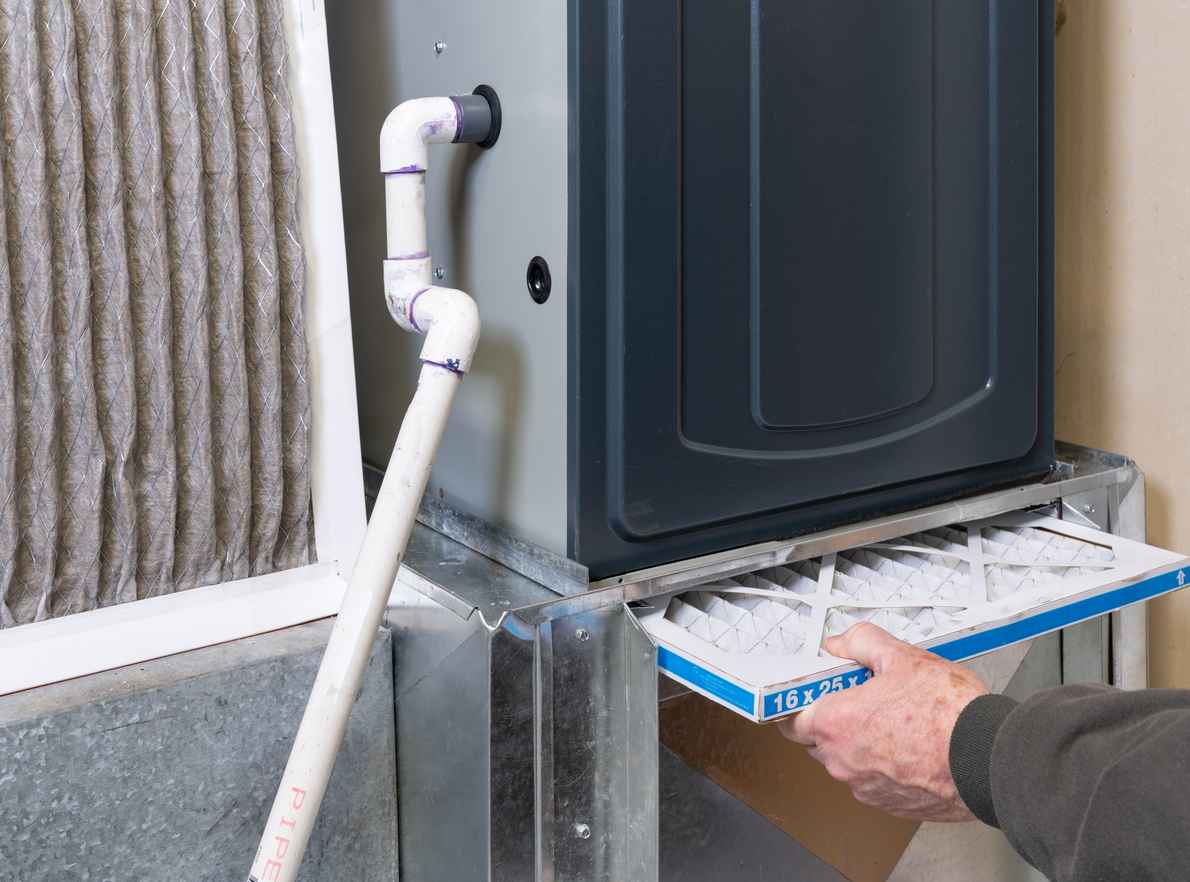4.8 Google Rating
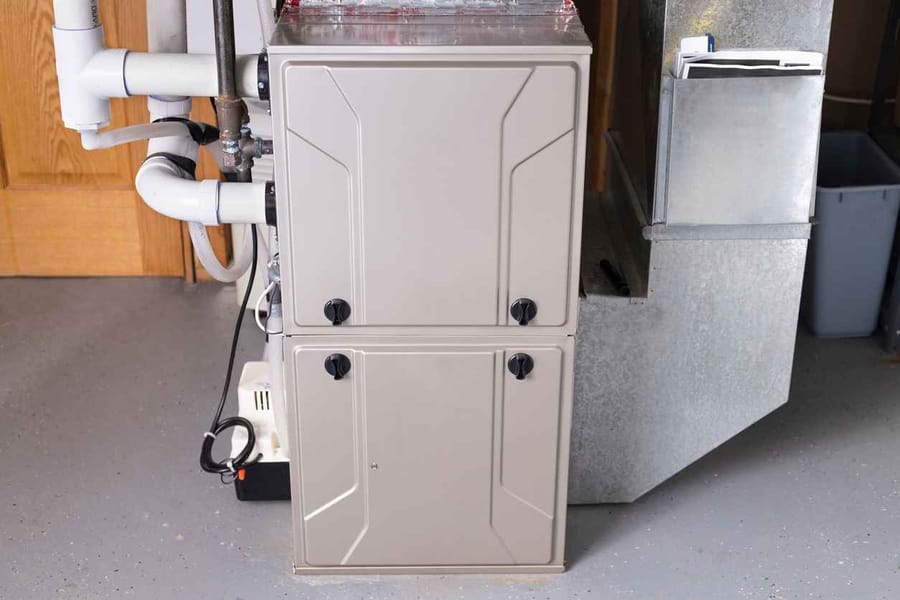
When to Consider a Heating Upgrade in Central Austin
Central Austin’s winters may be mild compared to other parts of the country, but when temperatures dip, you want your heating system to be reliable, efficient, and cost-effective. Knowing when to upgrade your system can save you from chilly nights, rising energy bills, and frequent repair calls. This guide covers the key signs that it’s time for a heating upgrade in Central Austin, the benefits of making the switch, and answers to common questions from local homeowners.
Why Heating Matters in Central Austin
While it’s still hot outside and Central Austin isn’t known for harsh winters, temperatures can drop suddenly—especially at night. A well-functioning heating system keeps your home comfortable, improves indoor air quality, and reduces energy costs. Many homeowners delay upgrading their heating systems until something breaks, but waiting too long can actually cost more in the long run.
Signs It’s Time for a Heating Upgrade
1. Your System Is 10–15 Years Old
Most furnaces and heat pumps have a lifespan of about 10–15 years. If your system is reaching this age, it may not run as efficiently as newer models. Upgrading early can save you from costly breakdowns.
2. Rising Energy Bills
If your monthly energy bills keep climbing, your heating system may be losing efficiency. Modern, energy-efficient systems can cut costs significantly—especially in older Austin homes that may not have been built with efficiency in mind.
3. Frequent Repairs
Calling the repair technician every winter is a red flag. If repairs start adding up to more than half the cost of a new unit, replacement is the smarter investment.
4. Uneven Heating in Your Home
Are some rooms freezing while others stay warm? An outdated system or ductwork could be the cause. Upgrading ensures consistent comfort throughout your Central Austin home.
5. Strange Noises or Odors
Clanking, banging, or unusual smells are warning signs that your system is wearing out. These issues often point to deeper mechanical problems.
6. Poor Indoor Air Quality
Older systems may struggle with filtration, leaving dust, allergens, or even musty odors circulating through your home. A new system can improve both comfort and air quality.
Benefits of Upgrading Your Heating System
- Lower Energy Bills – High-efficiency systems use less power, saving you money.
- More Comfort – Improved temperature control and airflow.
- Better Indoor Air Quality – Cleaner, healthier air for your family.
- Increased Home Value – Buyers appreciate modern, efficient HVAC systems.
- Peace of Mind – No worrying about breakdowns on a cold night.
FAQ: Heating Upgrades in Central Austin
Q: How often should I replace my heating system?
A: Most systems last 10–15 years, but if you notice efficiency issues or frequent repairs, it may be time sooner.
Q: What’s the best type of heating system for Central Austin?
A: Heat pumps are popular since they provide both heating and cooling, making them perfect for Austin’s climate. High-efficiency furnaces are also a good option for homes with existing ductwork.
Q: How can I tell if repair or replacement is the better choice?
A: A general rule: if repairs cost more than 50% of a new system—or if your unit is over 12 years old—replacement usually makes more sense.
Q: Will upgrading my system really lower my energy bills?
A: Yes. New systems can reduce energy use by 20–30%, which is especially noticeable during cold snaps.
Q: When’s the best time to schedule a heating upgrade?
A: Early fall is ideal. You’ll beat the winter rush and ensure your system is ready before temperatures drop.
Final Thoughts
If your heating system is aging, inefficient, or struggling to keep your Central Austin home comfortable, now is the time to consider an upgrade. A new system will not only improve comfort and air quality but also help lower your energy bills in the long run. Don’t wait until a cold night leaves you scrambling—schedule your heating upgrade today and ensure your home is ready before winter hits. Call us today or schedule your consultation to get started.
Recent News
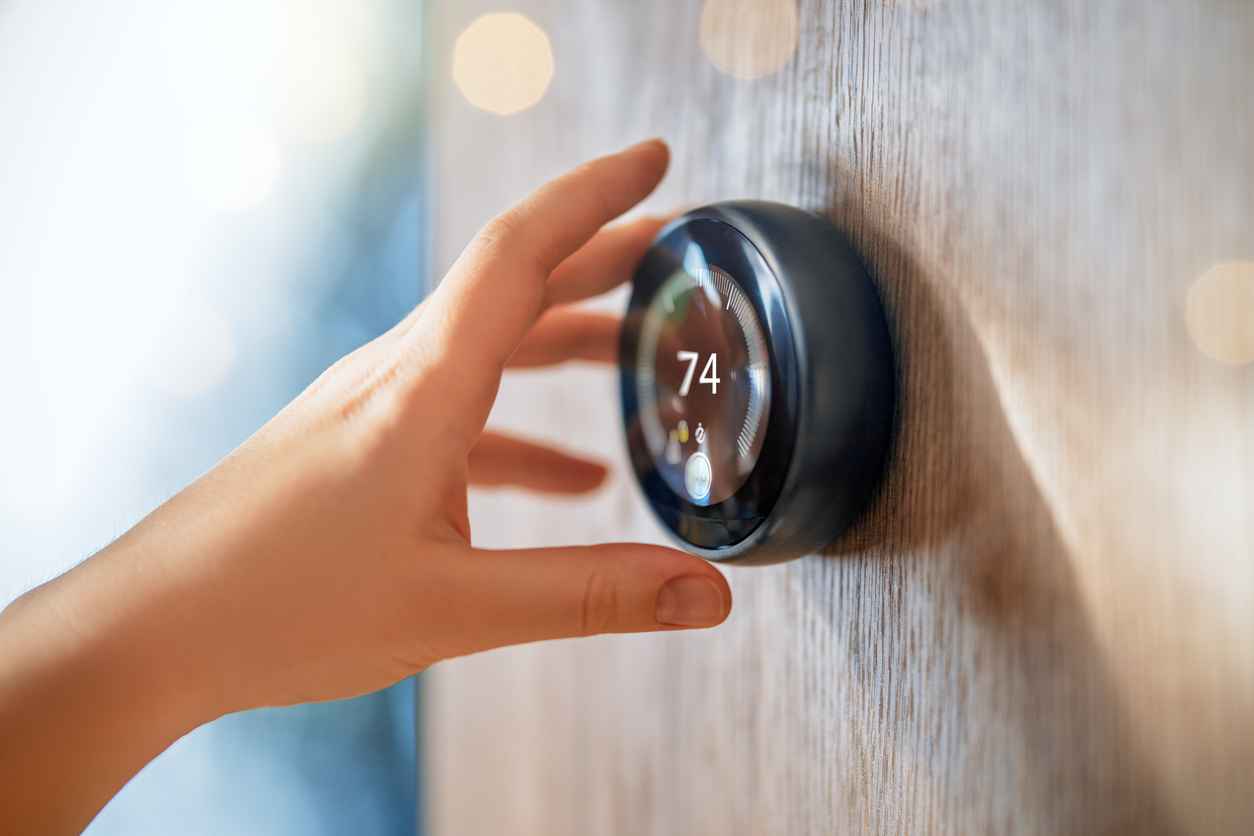
How Austin Homeowners Can Prepare Their HVAC Systems for Sudden Winter Cold Snaps
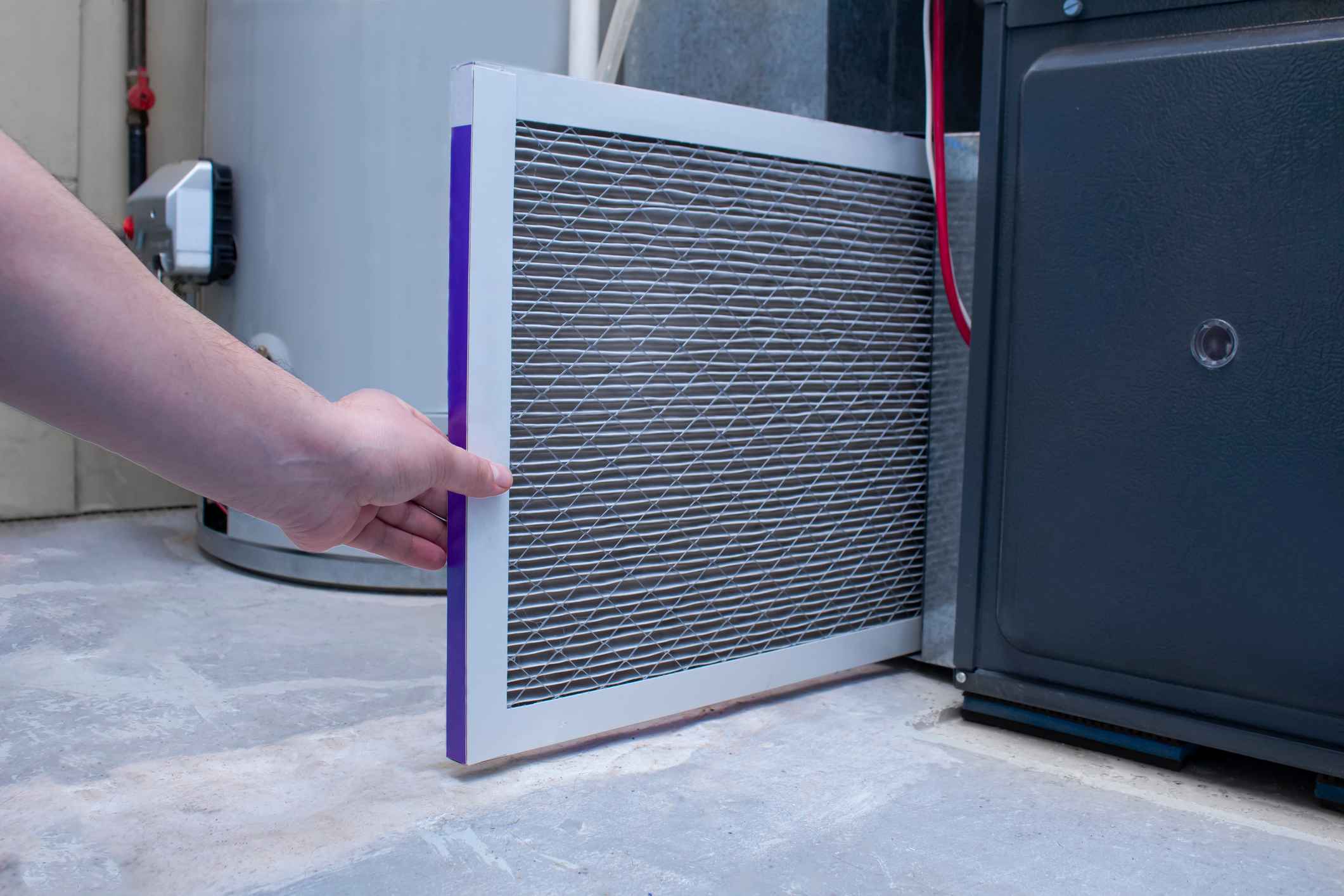
Holiday Indoor Air Quality Tips for Austin Homes: Keep Your Air Clean While Hosting Guests
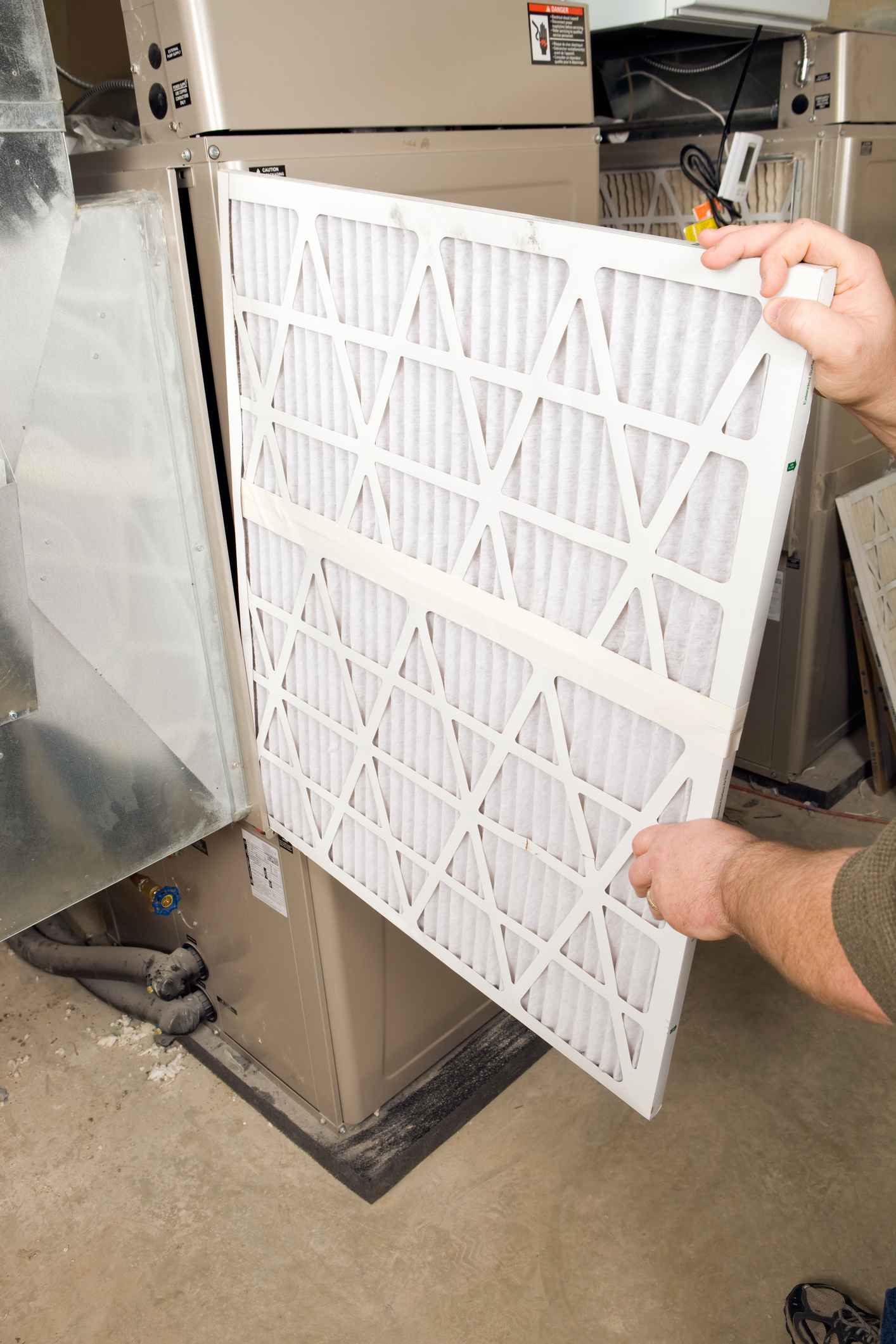
December HVAC Checklist: How Austin Homeowners Can Stay Warm During Sudden Cold Snaps

The Hidden Costs of Ignoring HVAC Duct Leaks in Austin’s Humid Climate
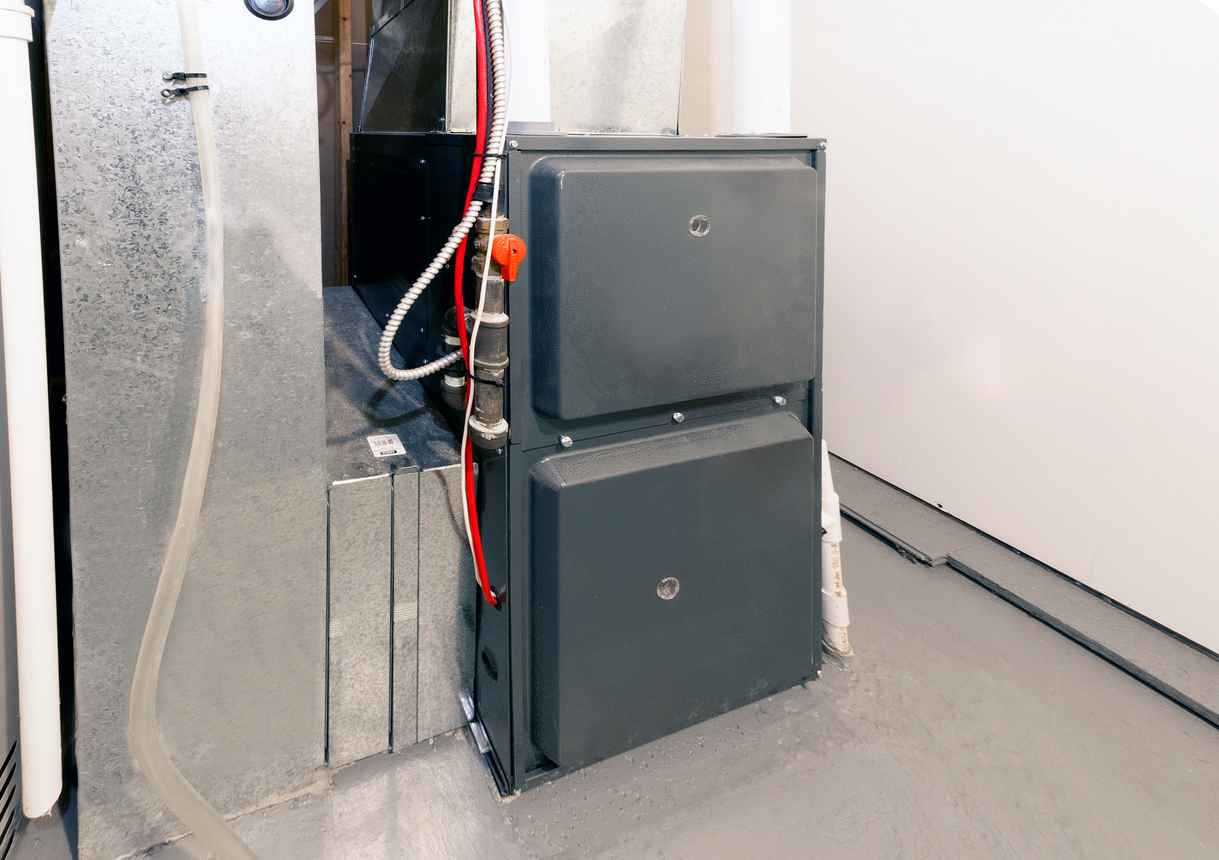
What Makes McCullough Heating & Air Conditioning the Right Choice for Austin Heating Needs
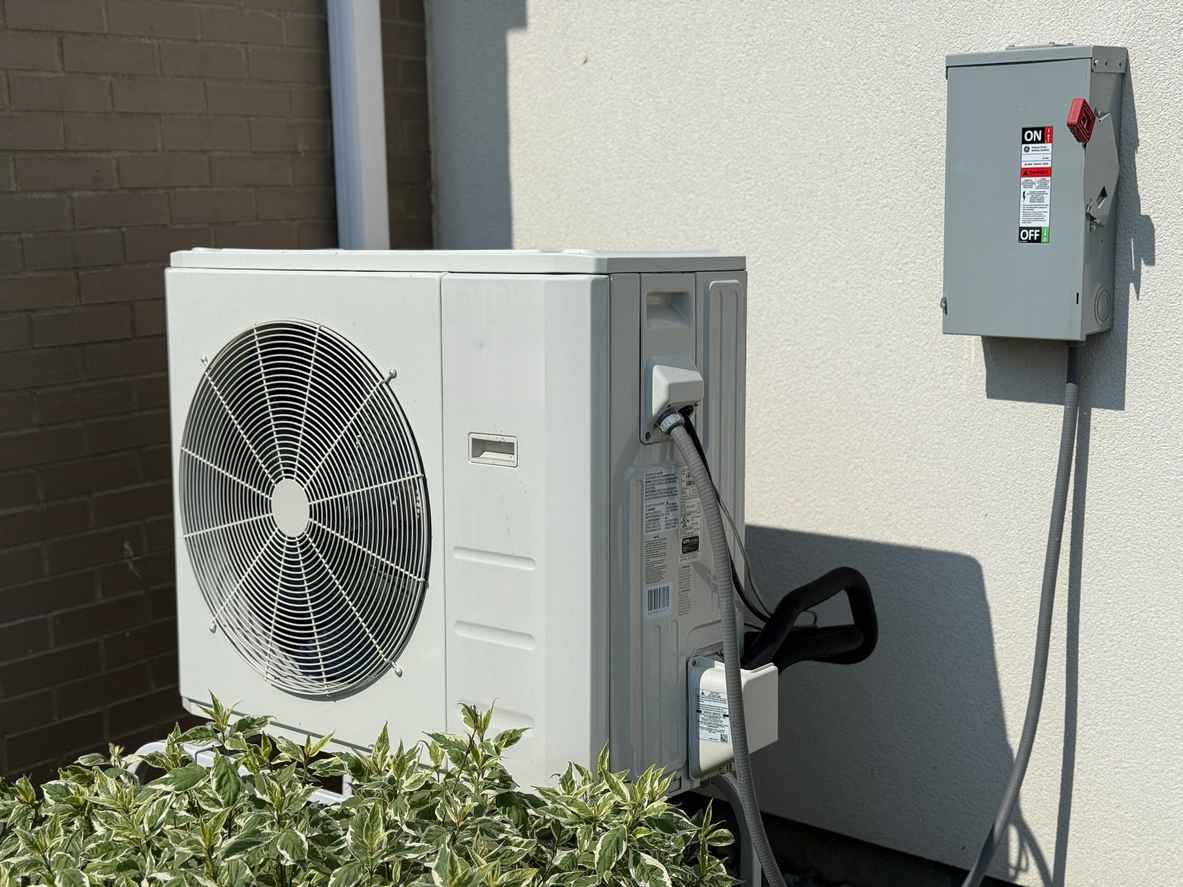
Why Texas Homeowners Are Upgrading to Heat Pumps in 2026: Efficiency & Tax Credit Insights
